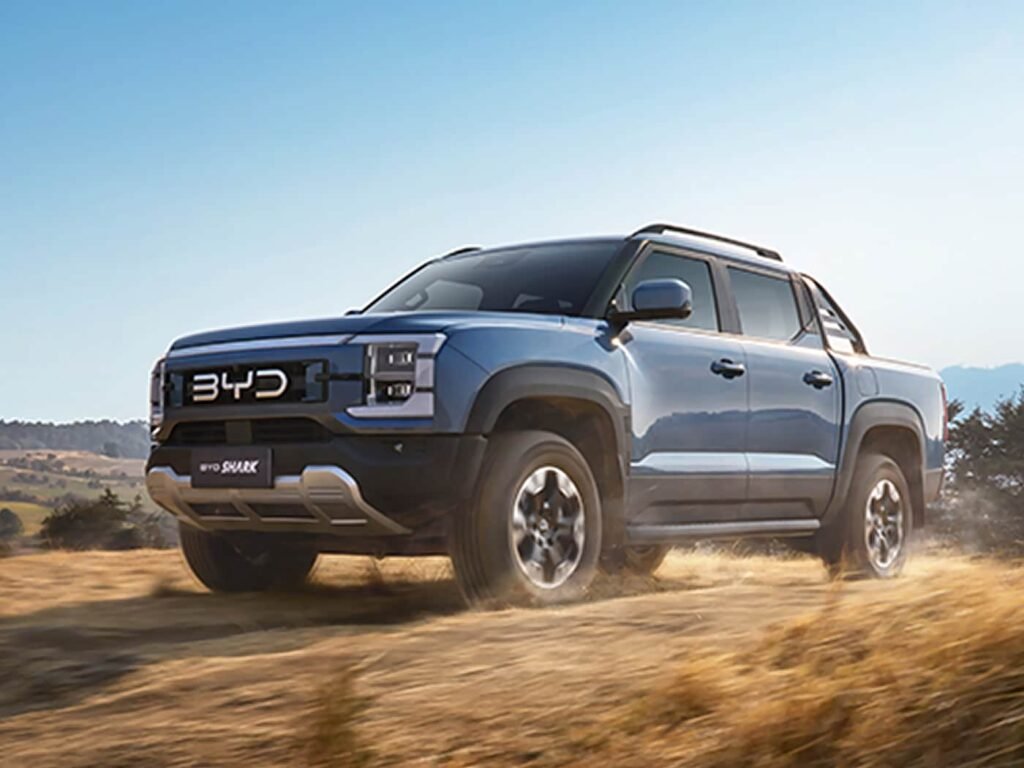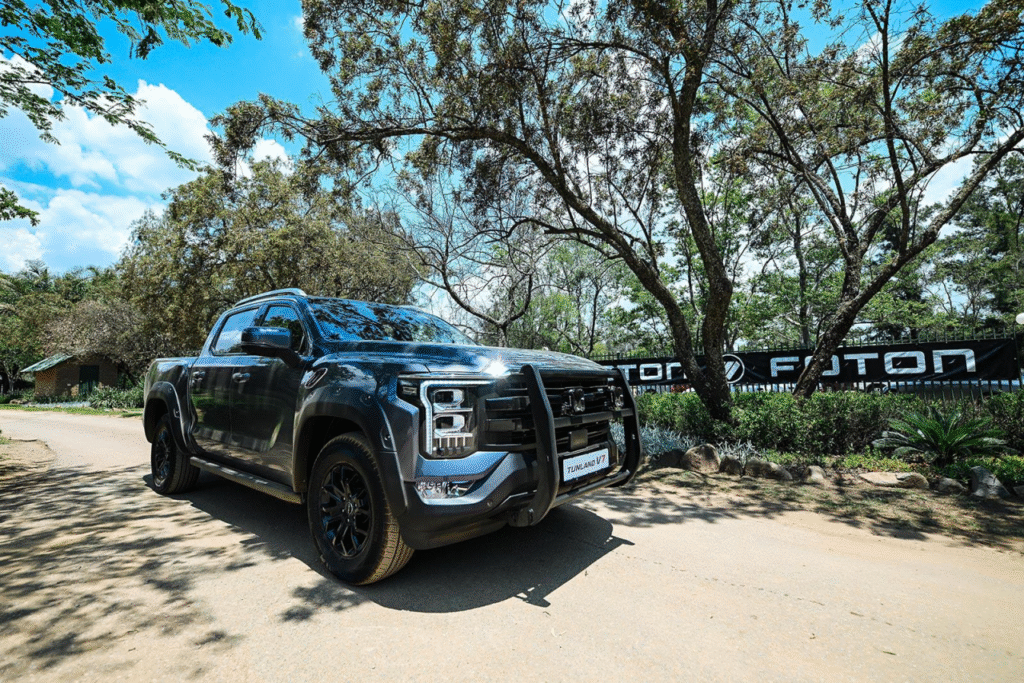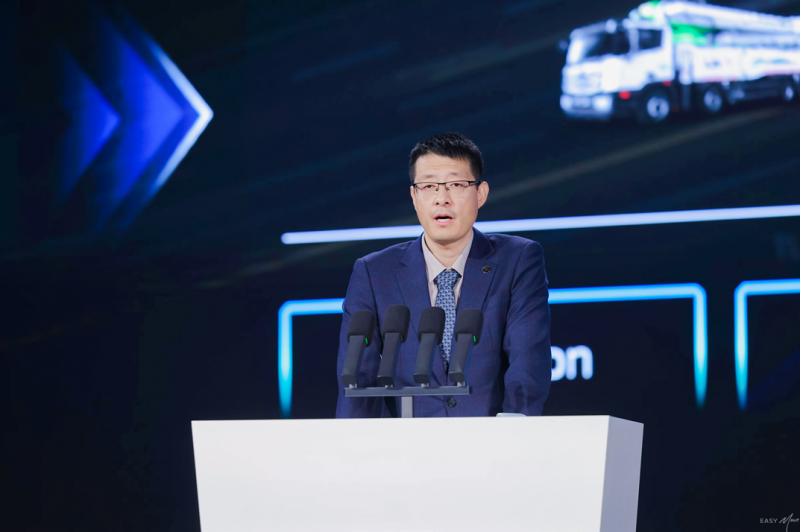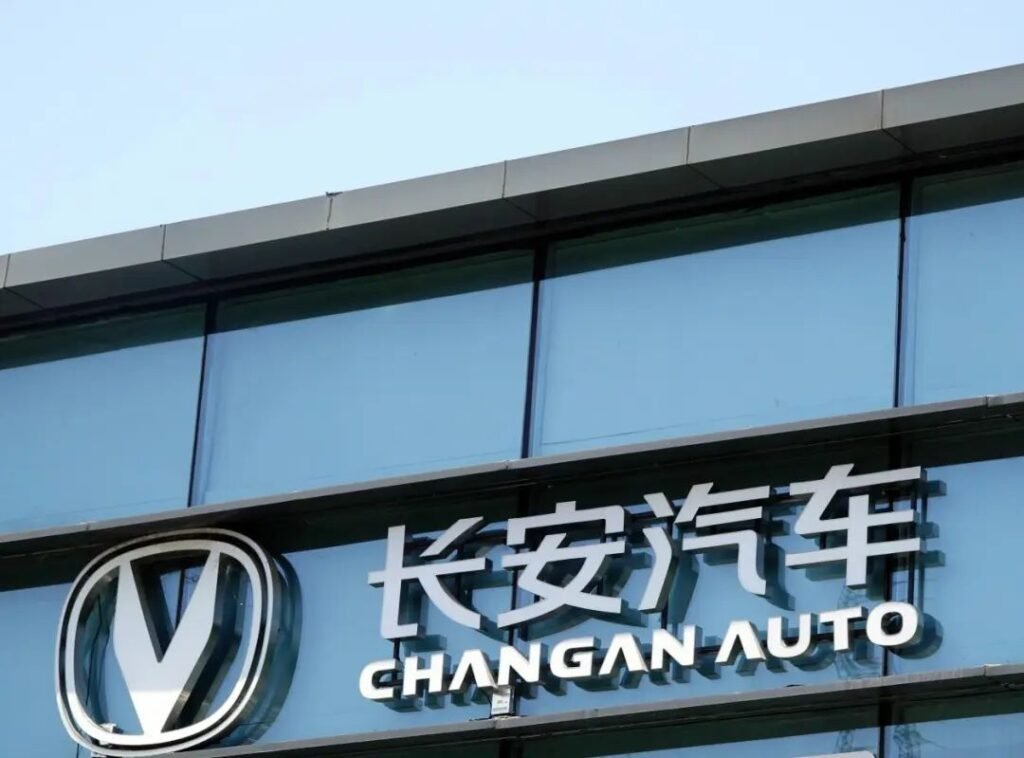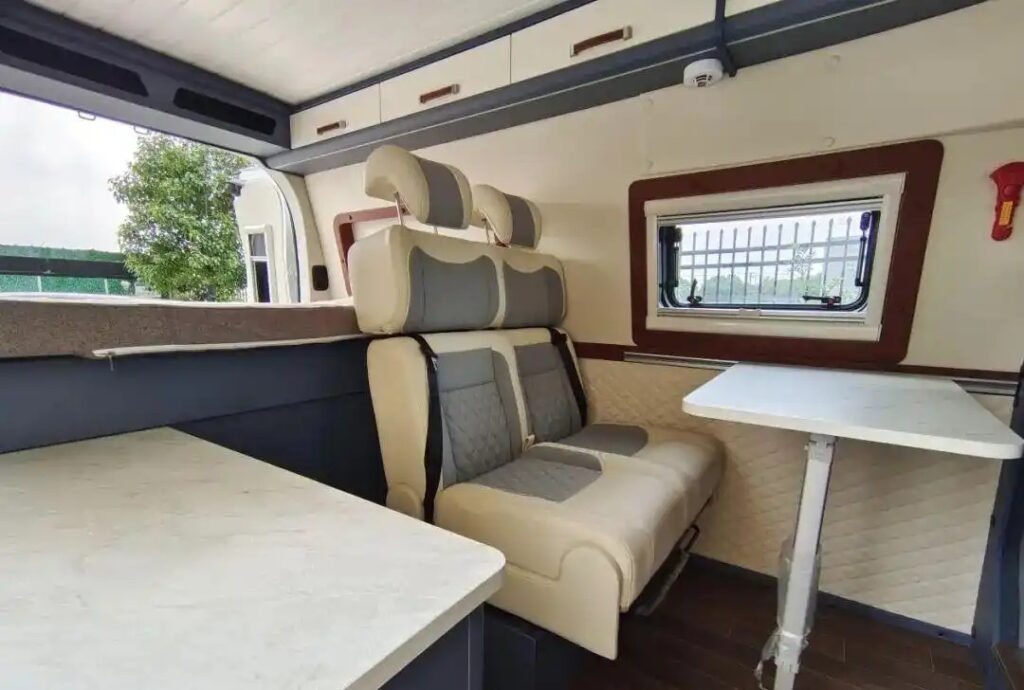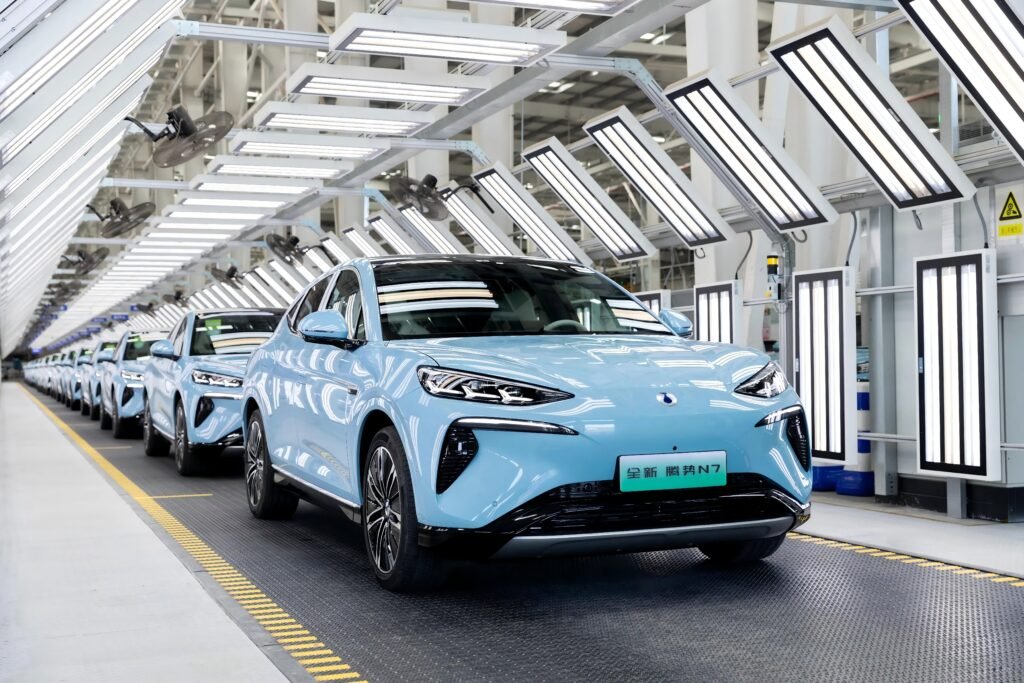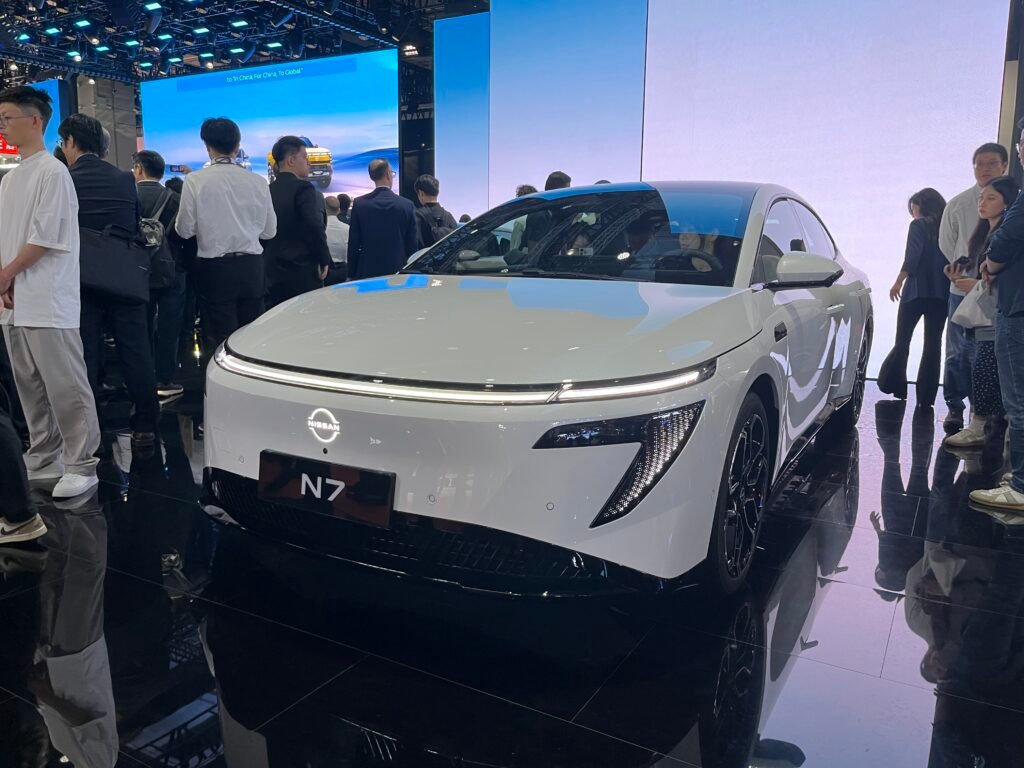The BYD SHARK Phenomenon: How an Electric Pickup is Conquering Global Markets
From Australia to Mexico, the DMO-powered BYD SHARK is redefining the pickup segment with explosive sales, hybrid prowess, and record-breaking performance. Introduction In the fiercely competitive global pickup truck arena, a new predator has emerged and is taking markets by storm. The BYD SHARK, a revolutionary hybrid electric pickup from China’s automotive giant, is not just making waves—it’s creating a tsunami of demand. With staggering sales figures, rapid market penetration, and formidable technology, the SHARK is proving that the future of pickups is intelligent, efficient, and electrifying. This article delves into the incredible journey of the BYD SHARK, exploring the data behind its success and the groundbreaking engineering that powers its global appeal. Unprecedented Market Success: By the Numbers The BYD SHARK isn’t just selling; it’s dominating in key international markets with a velocity rarely seen. The data tells a compelling story of a vehicle that has hit the sweet spot of consumer demand. The Engineering Beast Behind the Hype: DMO Platform What fuels this remarkable success? The answer lies beneath its rugged exterior. The BYD SHARK is born from the innovative DMO (Dual-Mode Off-Road) Super Hybrid Platform, the same architecture that underpins the acclaimed Fang Cheng Bao Bao 5. This platform is a game-changer, seamlessly blending brute strength with exceptional efficiency. More Than a Tool: Your Intelligent Adventure Partner The BYD SHARK transcends the traditional “workhorse” pickup category. It is positioned as a versatile, intelligent companion for modern life. Conclusion: The Shark Has Well and Truly Bitten The evidence is undeniable. Despite commanding a starting price overseas equivalent to over ¥200,000 RMB, the BYD SHARK continues to be met with “crazy demand.” It has successfully challenged deep-seated market norms, proving that consumers globally are ready for a pickup that offers groundbreaking technology, staggering performance, and unparalleled efficiency without sacrificing capability. For anyone seeking not just a utility vehicle, but a powerful, intelligent, and eco-conscious partner capable of conquering both urban jungles and the wild outdoors, the 2026 BYD SHARK stands as a compelling and groundbreaking choice. It is more than a new model; it’s a clear signal of where the global automotive industry is headed. The future is hybrid, intelligent, and electrifying—and the BYD SHARK is leading the charge. BYD SHARK | Electric Hybrid Pickup Truck | Global Sales Success | DMO Platform | Long-Range Pickup
The BYD SHARK Phenomenon: How an Electric Pickup is Conquering Global Markets Read More »

